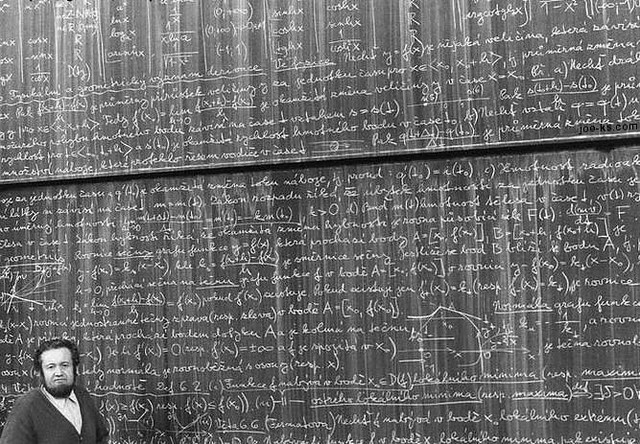 Whenever I have a math question, I call upon resident math whiz Mark Sherry for analysis. Seems like a lot of game designers have some background in advanced math, but I ended up taking the art path, so I'm very lucky to have Mark around. I asked Mark to run some simulations for Picker, the pub dice game I posted last week.
Whenever I have a math question, I call upon resident math whiz Mark Sherry for analysis. Seems like a lot of game designers have some background in advanced math, but I ended up taking the art path, so I'm very lucky to have Mark around. I asked Mark to run some simulations for Picker, the pub dice game I posted last week.Mark set up some AI players who each stick to one PICK strategy and one CHOOSE strategy throughout the game. Then he ran thousands of simulations to find out which strategy, if any, is the optimum strategy. If it was clear that one strategy would win, I'd tweak the rules, he'd adjust his AI, and run the simulations again. It's a nice, fast process.
PICK is who they pick to be first player when they're Picker. Mark tested these strategies.
- Always pick the trailing player
- Always pick yourself
- Pick random player
CHOOSE is what they do when its their turn to choose a die. Mark tested these strategies.
- Always keep the highest
Always keep the lowest- Never keep the highest
- Never keep the lowest
- Never keep the highest or lowest
- Pick random
Always choosing the minimum result was so obviously a bad strategy, that Mark removed that AI almost immediately. Mark coded four AIs with the following strategies.
- Alice picks a random player and chooses the highest die.
- Bob picks the player to his right and chooses the highest die.
- Carol picks a random player and chooses the highest result that won't make her the Shaft.
- Doug picks the player to his right and chooses the highest result that won't make him the Shaft.
Here's how often each player came in first, second, third and fourth place.
1st Place 2nd Place 3rd Place 4th Place
Alice 3105 2923 2766 1206
Carol 1452 2106 2615 3827
Doug 1709 2195 2380 3716
Bob 3734 2776 2239 1251
Clearly Alice and Bob's strategies are dominant. Choosing the highest die, even if it makes you the Shaft, is pretty powerful. We kept tweaking, tweaking, tweaking. I ended up deciding on the following rule changes.
- Game should be longer: 2 rounds per player. (A 4 player game goes 8 rounds.)
- Each d6 in the game is unique. (Maybe players bringing their own die?)
- For the sake of simulation, we assume the dice are different colors.
- You get a set bonus when you keep the same die color, not result.
- Bonuses are as follows: 0, 1, 2, 3, 6, 8, 10, 11, 12, 12 repeating.
The hope was that decoupling sets from results would create a few more options for play. Mark coded two new AIs and added them to the simulations.
- Eve picks a random player and chooses the color that builds her set.
- Frank picks the player to his right and chooses the color that builds his set.
And he ran the new numbers.
1st 2nd 3rd 4th 5th 6th
Frank 21.38% 24.06% 20.72% 16.37% 11.25% 6.22%
Bob 16.48% 18.84% 20.49% 19.81% 14.79% 9.59%
Carol 17.07% 13.98% 14.76% 14.94% 18.54% 20.71%
Eve 13.34% 13.98% 15.50% 16.31% 18.88% 21.99%
Doug 21.53% 17.31% 14.87% 15.25% 14.89% 16.15%
Alice 10.20% 11.83% 13.66% 17.32% 21.65% 25.34%
Promising! But there is a mystery here. Mark observes that, in theory, Frank and Eve pick the die that maximizes their score increase for that turn. Yet Frank comes in 2nd place and Eve comes in 5th place. Who knows why? Any math whizzes have some ideas?
EDIT: Mark notes in the comments below that I missed mentioning a bug he found in those last results. He adds the following simulations and results:
No comments:
Post a Comment